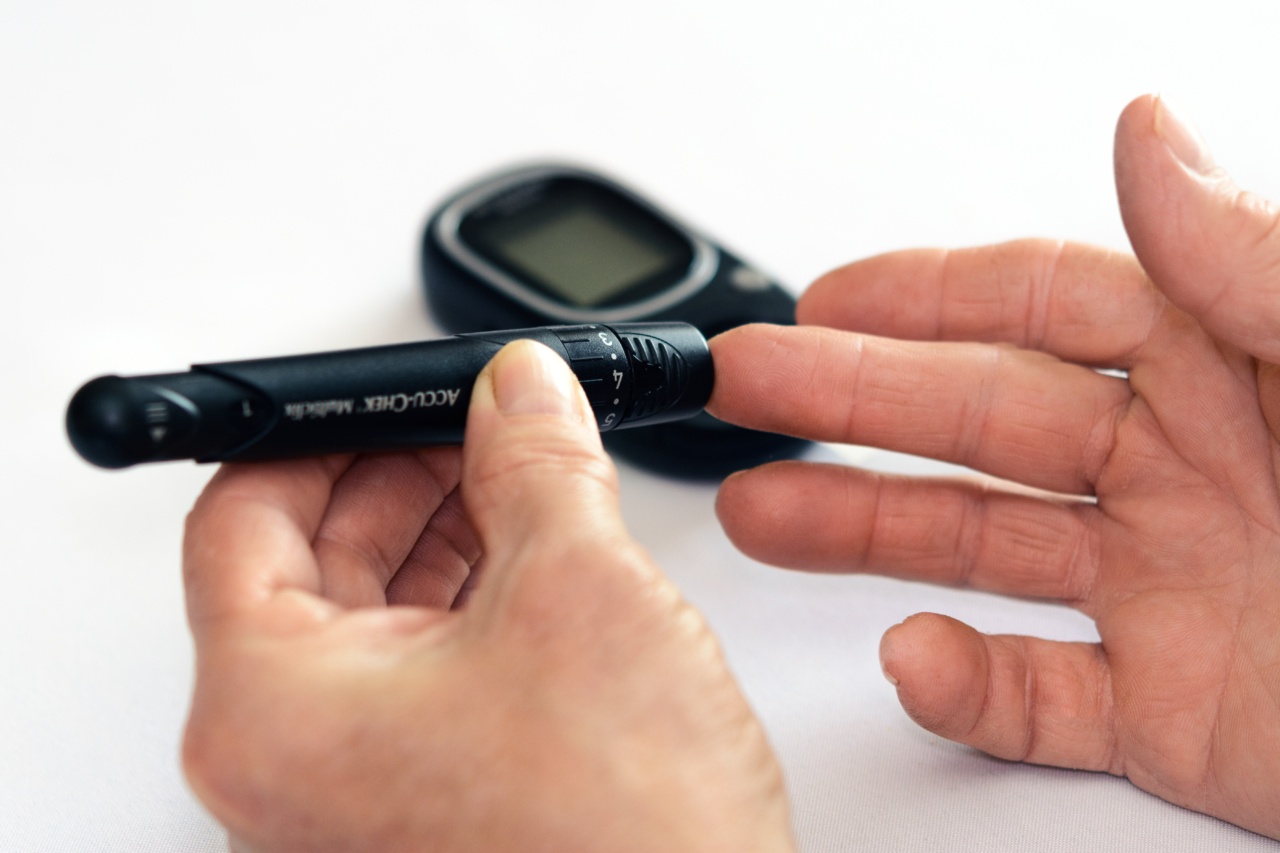Periodontitis is a severe gum infection that affects the soft tissue and bone supporting the teeth. It is caused by bacterial infections that release toxins, leading to inflammation and tissue destruction.
Diabetes, on the other hand, is a metabolic disorder that affects how the body uses insulin to process blood sugar (glucose). People with diabetes have high glucose levels, making it harder for them to fight infections and inflammation.
This article explores the connection between periodontitis and diabetes, their common risk factors, and the impact of one condition on the other.
Risk Factors
The risk factors for periodontitis and diabetes are similar and can increase the likelihood of developing both diseases:.
- Smoking
- Poor oral hygiene
- Diet high in sugar and carbohydrates
- Obesity
- Genetics
- Age
Impact of Periodontitis on Diabetes
People with diabetes are more likely to develop periodontitis than those without the disease. The high levels of glucose in the blood promote bacterial growth, which can lead to gum infections and inflammation.
The chronic inflammation caused by periodontitis can affect the body’s ability to control blood sugar levels, making it harder to manage diabetes.
Studies have shown that treating periodontitis can improve glucose control in people with type 2 diabetes.
A systematic review of randomized controlled trials concluded that non-surgical periodontal therapy can reduce HbA1c levels (a measure of blood glucose control) by an average of 0.4% to 0.5% in people with type 2 diabetes. Other studies suggest that treating periodontitis can reduce the need for diabetes medications and improve overall quality of life.
Impact of Diabetes on Periodontitis
People with diabetes are also more susceptible to periodontitis and often develop more severe forms of the disease.
Diabetes can damage blood vessels, reducing blood flow to the gum tissue and weakening the immune system’s ability to fight infections. High glucose levels in saliva can also promote bacterial growth and make it harder for the body to heal from infections.
People with uncontrolled diabetes are at higher risk for periodontitis complications, including tooth loss and bone destruction.
Periodontitis can also worsen other diabetes-related complications, such as retinopathy (damage to the eyes) and nephropathy (kidney damage). Treating diabetes can improve periodontal health and reduce the risk of these complications.
Prevention and Treatment
Preventing and treating periodontitis is crucial for both oral and overall health. Proper oral hygiene, including regular brushing and flossing, can help prevent gum disease.
Quitting smoking, eating a balanced diet, and managing weight can also reduce the risk of both periodontitis and diabetes.
Treatment for periodontitis includes non-surgical and surgical therapies. Non-surgical treatments might involve scaling and root planing to remove the plaque and bacteria from beneath the gum line and smooth out the surfaces of the root.
Surgical treatments vary depending on the severity of the disease and may include flap surgery, bone grafting, and guided tissue regeneration.
For people with diabetes, controlling blood sugar levels is essential in preventing and treating periodontitis. Regular dental visits and examinations can help identify early signs of gum disease and reduce the risk of complications.
Conclusion
Periodontitis and diabetes are interrelated, with each condition affecting the other’s severity and complications.
People with diabetes should prioritize their oral health, as preventing and treating gum disease can improve glucose control and reduce the risk of diabetes complications. Proper oral hygiene, healthy lifestyle choices, and regular dental check-ups are essential for maintaining good oral and overall health.





























